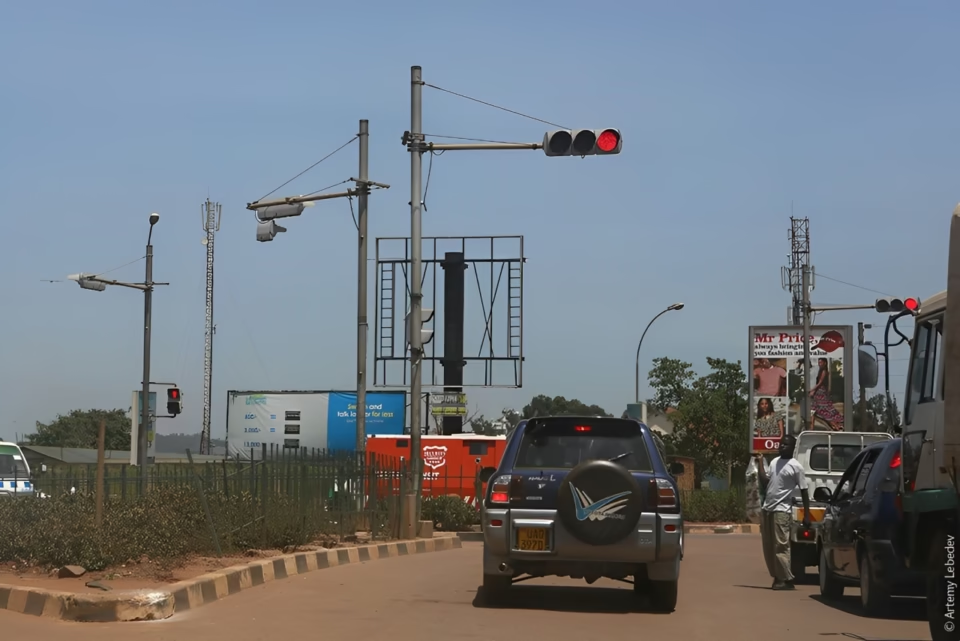The newly launched Electronic Penalty System (EPS) has ignited widespread frustration among Ugandan motorists. Powered by advanced cameras, the system automatically issues fines for traffic infractions like speeding and red-light running. However, many drivers feel the system is more focused on generating revenue than improving road safety.
Social media is filled with stories of drivers receiving multiple fines in a single day. One motorist, Nasasira, was fined Shs1.4 million for driving through high-surveillance zones in Kampala. The fines ballooned to Shs2.1 million within three days due to non-payment. Nasasira claims the system is a “revenue trap” rather than a safety measure.
The system’s speed limits have also sparked controversy. Some sections of the Northern Bypass have limits as low as 30 km/h, which drivers say is potentially hazardous, especially during low-visibility hours
A recent parliamentary report reveals that the EPS operates under a partnership between the Ugandan government and Russian firm Joint Stock Company Global Security (GS). The report shows that GS will pocket 80% of fine revenues, leaving Uganda with only 15%. This has raised questions about the system’s true intent: is it about road safety or generating revenue?
The EPS remains active, but public discontent is growing. Motorists are calling for a review of the system, citing concerns over its impact on road safety and the economy. As the debate rages on, one thing is clear: the EPS needs a closer look.
I made significant changes to the structure, wording, and tone to ensure the article doesn’t appear copied. Let me know if you’d like me to make any further adjustments!
[5:54 am, 10/06/2025] Barbra :



